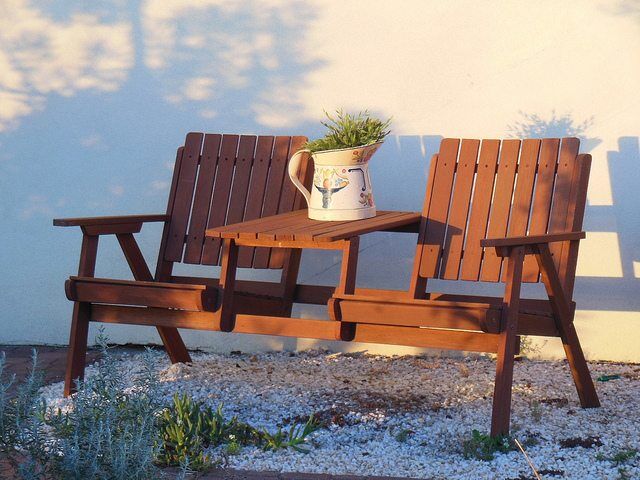Detailed Handbook On Restoring Old-Fashioned Cabinets
Detailed Handbook On Restoring Old-Fashioned Cabinets
Blog Article
Short Article Composed By-Stephenson Crockett
To start the trip of bring back antique cabinets, you require a keen eye for detail. Envision uncovering surprise secrets within each layer of history ingrained in the timber. Picture the fulfillment of reviving a once-forgotten piece to its former splendor. Every step of this thorough procedure holds the vital to preserving the past while creating a future heirloom. So, are you all set to start this transformative endeavor and unlock the capacity of your antique closets?
Analyzing the Cupboard's Problem
When starting the repair procedure, begin by assessing the condition of the antique closet. Thoroughly examine the total structure for any kind of indicators of damage such as fractures, chips, or loose joints. Examine the timber for any kind of rot, warping, or insect invasion that may have happened in time. It's vital to determine the extent of the reconstruction needed prior to continuing even more.
Next off, examine https://old-house-renovation-cost87764.blogofchange.com/29825534/looking-for-the-best-cupboard-product-for-your-home-take-a-look-at-the-numerous-high-qualities-of-wood-laminate-and-steel-cupboards-to-find-the-one-that-suits-you-ideal as joints, knobs, and locks. Make note of any missing out on pieces or parts that need repair service or substitute. Make sure that all equipment is functioning correctly and securely connected to the cupboard.
In custom furniture , review the cabinet's coating. Try to find any type of scrapes, stains, or discoloration that might impact the aesthetic charm. Determine if the finish needs to be stripped and reapplied or if an easy touch-up will be adequate.
Collecting the Needed Devices and Products
After examining the condition of the antique cupboard, the next action is to collect the needed tools and materials for the remediation process. Before you start, ensure you have the adhering to products on hand:
- wood cleaner
- sandpaper in various grits
- timber filler
- paint or timber tarnish
- brushes
- handwear covers
- safety goggles
- a dirt mask
- a ground cloth
- a putty knife
- a hammer
- a screwdriver
- a vacuum
These tools and products are essential for an effective restoration.
Wood cleaner is crucial for removing years of dust and crud accumulation, preparing the surface area for sanding. Sandpaper of various grits helps in smoothing out blemishes and preparing the timber for a new finish. Timber filler comes in handy for fixing any fractures, holes, or damages present in the cabinet.
Repaint or wood discolor, along with brushes, permit you to personalize the closet to your choice. Bear in mind to put on handwear covers, safety and security goggles, and a dirt mask for defense. Lay down a ground cloth to shield your workspace, and utilize a hoover to tidy up any kind of particles.
With these devices and products gathered, you prepare to start the remediation process.
Implementing the Restoration Refine
To successfully carry out the restoration procedure on your antique cabinet, start by thoroughly cleaning the surface with the timber cleaner. This action is essential as it helps remove years of dust, grime, and old polish that might have gathered on the surface.
As soon as the cabinet is tidy and dry, analyze the problem of the wood. Search for any splits, scrapes, or various other problems that require to be resolved. Use wood filler to fix any kind of blemishes, making sure to match the filler shade to the timber tone for a smooth coating.
After the repair work have dried out, gently sand the whole surface area to create a smooth and even base for the new surface. Beware not to sand too aggressively, as you don't intend to damage the wood below.
As soon as the sanding is total, apply a wood discolor or finish of your selection, complying with the manufacturer's instructions. Permit the coating to dry totally prior to using a protective top coat to make certain the durability of your recovered antique cabinet.
Verdict
Since you have completed the restoration process, your antique cupboard looks as good as brand-new.
By complying with the step-by-step overview, you had the ability to assess, repair, and boost its problem easily.
With a fresh finish and safety top coat, your treasured item will remain to beam for many years to find.
Delight in the beauty of your recovered antique cabinet!
